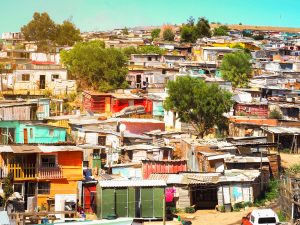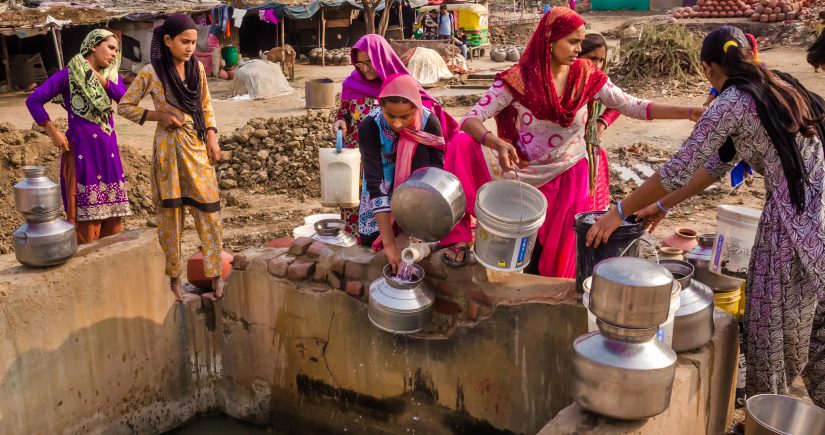In the August issue of the Proceedings of the Institution of Civil Engineers – Civil Engineering, EAP Board Member, Priti Parikh and Executive Director, Petter Matthews highlight the demand for engineering to deliver the United Nations’ sustainable development goals in a post-Covid-19 world.
Abstract
Infrastructure has a vital role to play in achievement of the UN’s 17 sustainable development goals (SDGs) and 167 targets (EAP, 2020). For example, there are synergies between energy systems and 85% of the targets (Nerini et al., 2018), and between sanitation and 77% of the targets (Parikh et al., 2020).
 The Covid-19 pandemic has resulted in a significant loss of human lives and livelihoods worldwide. In reallocating national resources to protect lives and reduce the health and economic impacts of the pandemic, there is an opportunity to continue efforts towards addressing the SDGs through targeted investment in infrastructure (Hansford, 2020).
The Covid-19 pandemic has resulted in a significant loss of human lives and livelihoods worldwide. In reallocating national resources to protect lives and reduce the health and economic impacts of the pandemic, there is an opportunity to continue efforts towards addressing the SDGs through targeted investment in infrastructure (Hansford, 2020).
In low-income countries, nearly one billion people live in slums characterised by high densities, poor environmental conditions and lack of access to basic services. The high densities mean social distancing is simply not feasible (Corburn et al., 2020). Residents also have to queue at communal water points and poorly maintained public toilets, thereby increasing the risk of further transmission of Covid-19 (according to the article ‘Covid-19 challenges and WASH in informal settlements: taking action through the Sustainable Development Goals’ by Parikh et al. submitted to the journal Cities). Limited access to electricity also reduces the effectiveness of public health campaigns that rely on social media.
Crucial role for civil engineers
The pandemic highlights the urgent need for investment in infrastructure in low-income countries. This is where engineers can play a crucial role in developing high-quality, nature-sensitive, low-cost and contextually appropriate solutions.
Examples include networked water and sanitation services, redesign of access routes, flood mitigation measures, solid waste management and access to electricity and communications services. Integration of those services will improve the ability of cities to respond to future pandemics and reduce potential transmission pathways to infectious diseases in local populations.
Consideration must be given to the particular challenges of low-income countries, which often include poor governance and weak institutions. These challenges are exacerbated during the immediate response to crises, when the usual procedures aimed at safeguarding public procurement are relaxed to enable rapid response.
A new generation needed
 Increasing the volume of investment in infrastructure while simultaneously improving governance will require a new generation of civil engineers who are able to use mixed methods, uphold high standards of integrity, work directly with stakeholders and explore innovative frugal design solutions in low-income countries.
Increasing the volume of investment in infrastructure while simultaneously improving governance will require a new generation of civil engineers who are able to use mixed methods, uphold high standards of integrity, work directly with stakeholders and explore innovative frugal design solutions in low-income countries.
The new generation must include graduates of universities based in low-income countries, but this will require investment to build the capacity of academic staff, improve curricula and strengthen links between industry and academia (Matthews et al., 2012; RAEng, 2020).
There is also an opportunity to learn the lessons and apply some of the same innovative procedures and design processes developed in low-income countries to high- and middle-income countries to support recovery from Covid-19 on a larger platform. By working closely with the civil engineering sector and leveraging the wide-ranging benefits of targeted actions for infrastructure, all nations will be in a stronger position to address the SDGs.
